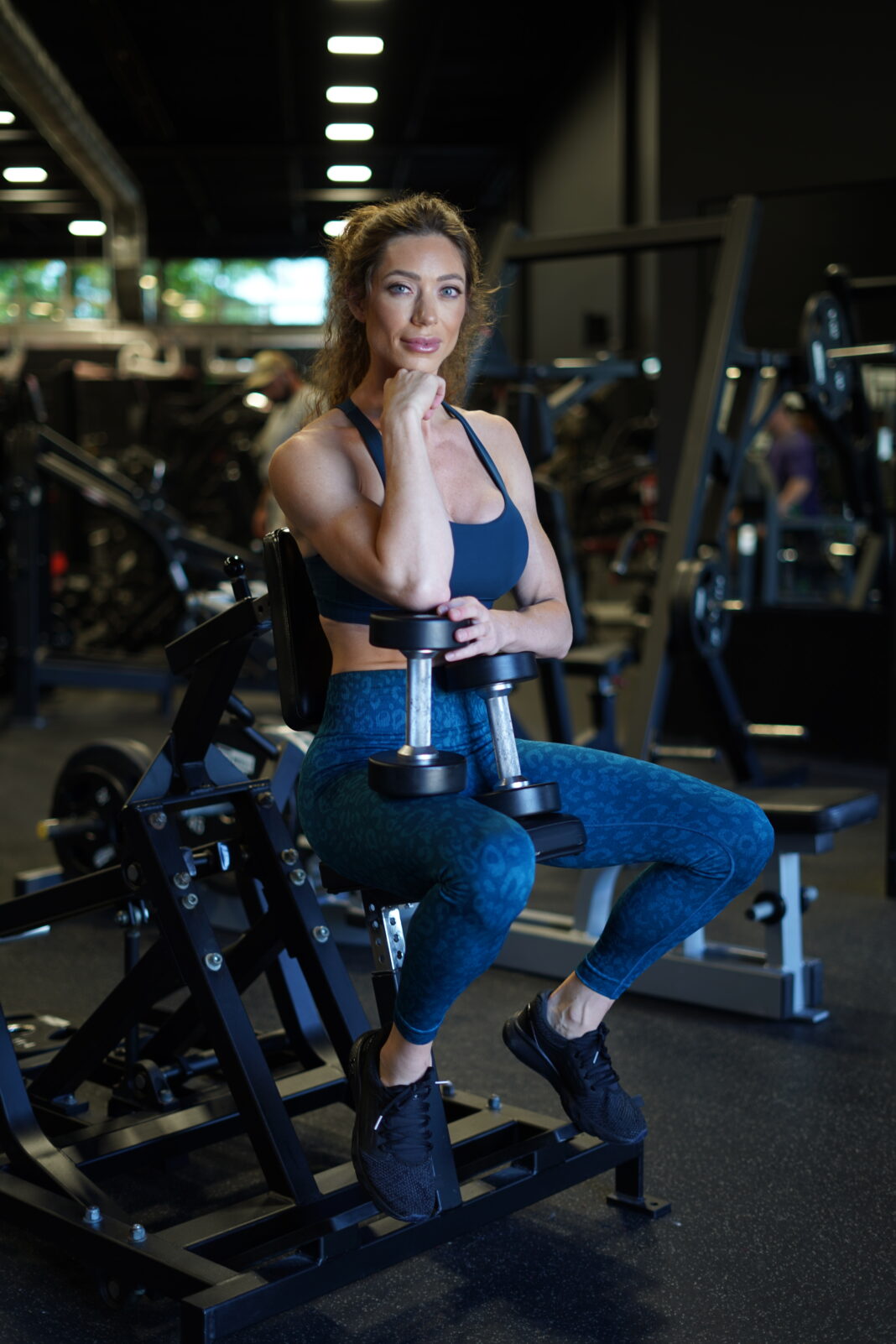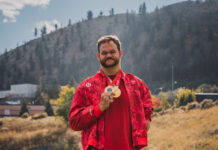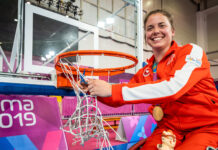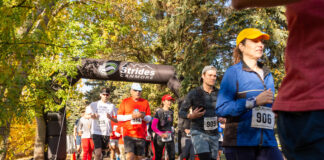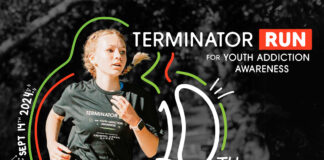A gold medal around her neck, Nicole Rakowski beams at the camera clad in a sparkly blue string bikini, silver dangle earrings, and four-inch crystal “posing” heels.
It was her first bodybuilding competition, but the Dundas, Ont., native took home the top prize in the bikini category for her class at the 2023 TorontoPro Supershow.
The fact she could walk across the stage—let alone walk it in four-inch heels—was a milestone achievement.
In 2017, at the age of 25, Rakowski suffered third degrees burns to her feet on a trip to Iceland. An intrepid traveller—she’s visited more than 60 countries—she and two friends hiked to the geothermal area in Reykjadalur (“Steam”) Valley, a 50-kilometre drive southeast of the capital Reykjavíc. The valley’s hot-water river is one of Iceland’s renowned natural attractions; every year, around 150,000 locals and tourists hike 3.8 kilometres to bathe in 40-degree water warmed by geothermal activity from Hengill, a nearby volcanic system.
As Rakowski approached the hot water riverbank, the ground beneath her gave way. Her feet started sinking in hot, bubbling, acidic mud.
Her shouts of agony drew immediate help. Her friends and several passers-by rushed to pull her out. She remembers seeing two black curtains close in front of her eyes before she finally lost consciousness.
Volunteers took turns carrying Rakowski’s five-foot, eight-inch frame back through the valley to the trailhead, an hour’s hike from the hot river. A few people ran ahead to find cellular service and call an ambulance.
“It was a sense of community that brought individuals together to help make the rescue mission happen,” Rakowski says. After receiving initial burn care in Iceland, she flew home to continue treatment at Hamilton Health Sciences, the hospital system where she has worked since 2016, currently as a patient experience specialist.
“I was told at first that I may never be able to walk again,” she recalls. “It was absolutely devastating and heartbreaking.”
For a life-long athlete—she played field hockey and soccer, ran track and field and road races, and wakeboarded—the prospect of losing the ability to walk, plus her athletic activities, was “absolutely gut-wrenching,” she says.
After several painful procedures and daily physical therapy, Rakowski stood on her feet for the first time one month after the accident.
Pushing through the acute nerve pain caused by the lightest touch—even air fanned on her blistered skin was excruciating—she persisted with her exercises and therapy and eventually could balance, then walk, first with a walker, then crutches, and then on her own, defying her prognosis.
Though her feet were healing better than expected, Rakowski next faced a series of severe vision issues caused by years of playing contact sports, issues that put her at risk of vision loss. She underwent surgery for three retinal detachments, plus a vitrectomy—a surgery to counteract permanent vision loss and reduce the likelihood of eventual blindness.
Her days of contact sports were over.
But sport is a “central and a defining aspect of who I am,” she says. She would need to find a new way to engage in sport.
“I had to change my paradigm and my focus,” she adds.
She could walk, she could see, and she could lift weights. Rakowski began weight training, first for her own strength and fitness, but after a few years, she realized she could redirect her drive for athletic competition and need for team camaraderie into bodybuilding.
“With bodybuilding I was able to re-establish that sense of purpose and identity again,” she recalls. “I was able to see myself as valuable with a different set of athletic abilities.”
With several bodybuilding competitions under her belt, she is an athlete once again, with sponsors and a world-renowned coach, Serbian bodybuilder and former Mr. Universe Milos Sarcev. She hopes to obtain her pro card this fall.
The bodybuilder also has brains—Rakowski is in the fourth year of her PhD in health policy and management at McMaster University’s DeGroot School of Business. Her research examines health engagement policies and strategies, such as digital health technologies, that may improve health and reverse complex chronic conditions such as obesity and type 2 diabetes. She hopes her research will help people use fitness to overcome hurdles.
“We all go through various things in our life that may prevent us from succeeding, but success is not a final destination,” she reflects. “Success, I see as the sum of small efforts, repeated day in and day out.”
“I told myself [after the accident in Iceland], I can’t quit; I have to suffer through the pain and live the rest of my life how I would have wanted to live with no regrets.”
“The only way to define limits is by going beyond them.”
Photography by – Stephanie Michalicka
You May Also Like – AWI Achieving His Dream
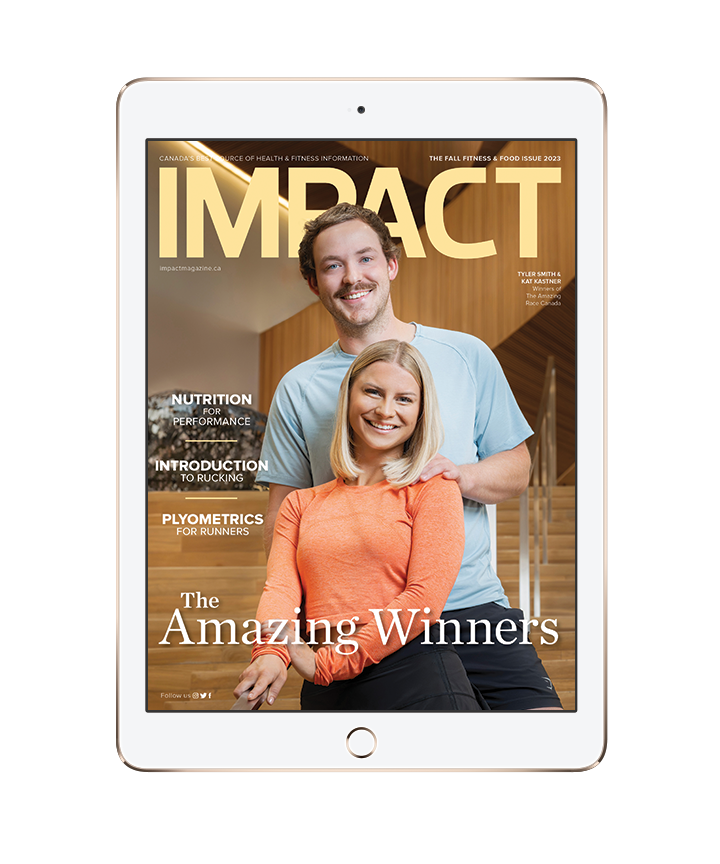
Read This Story in Our 2023 Fall Fitness & Food Issue
Featuring this year’s winners of the Amazing Race Canada, Ty Smith and Kat Kastner on our cover. Inside our latest issue, you’ll find all the inspiration you need to carry you through the autumn season. From delicious high-protein recipes and how to resist the crunch of potato chips to running through the high peaks of the Colorado Rockies and the latest in nutrition and fitness, these pages are packed with expert knowledge and advice.


